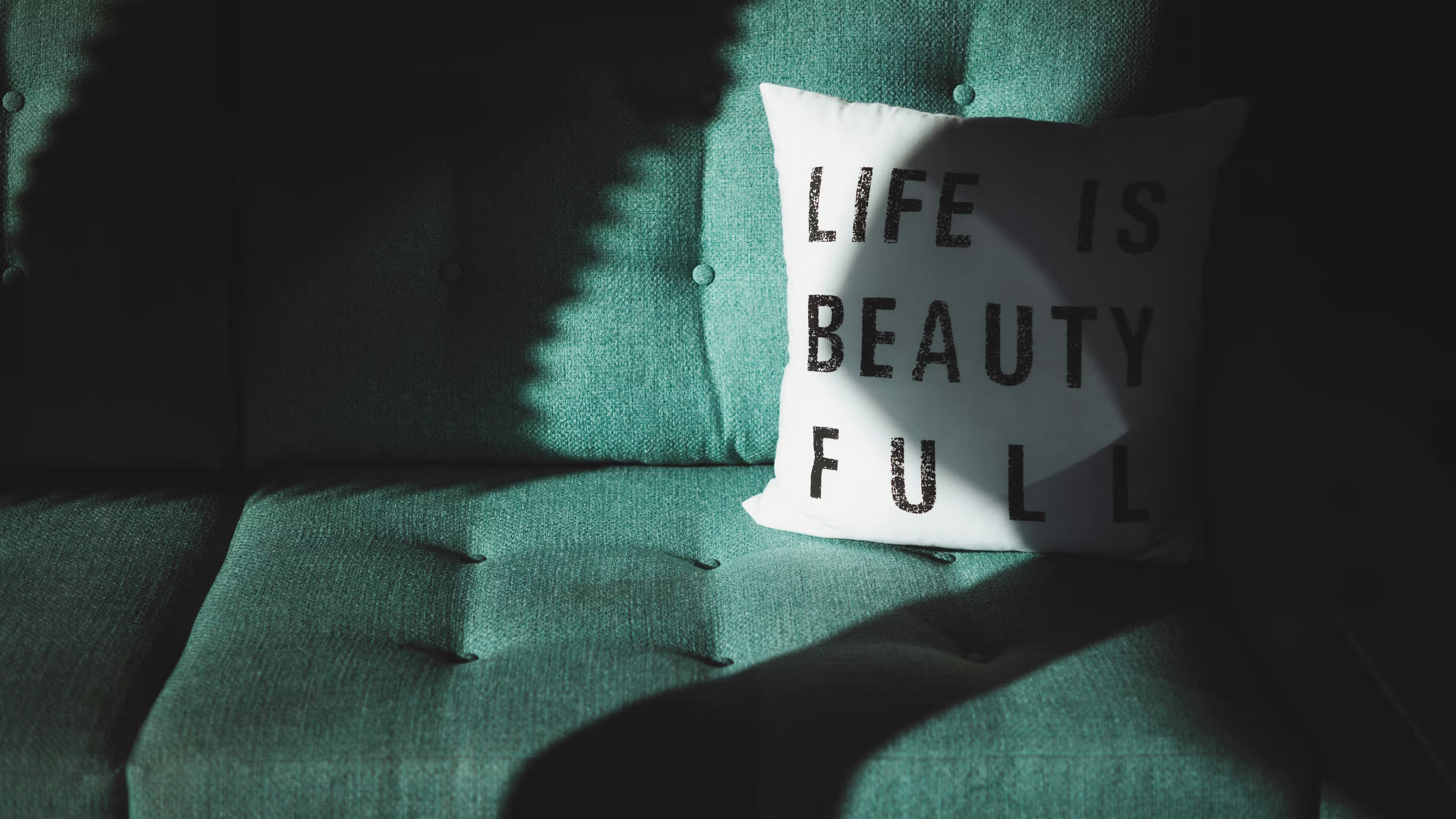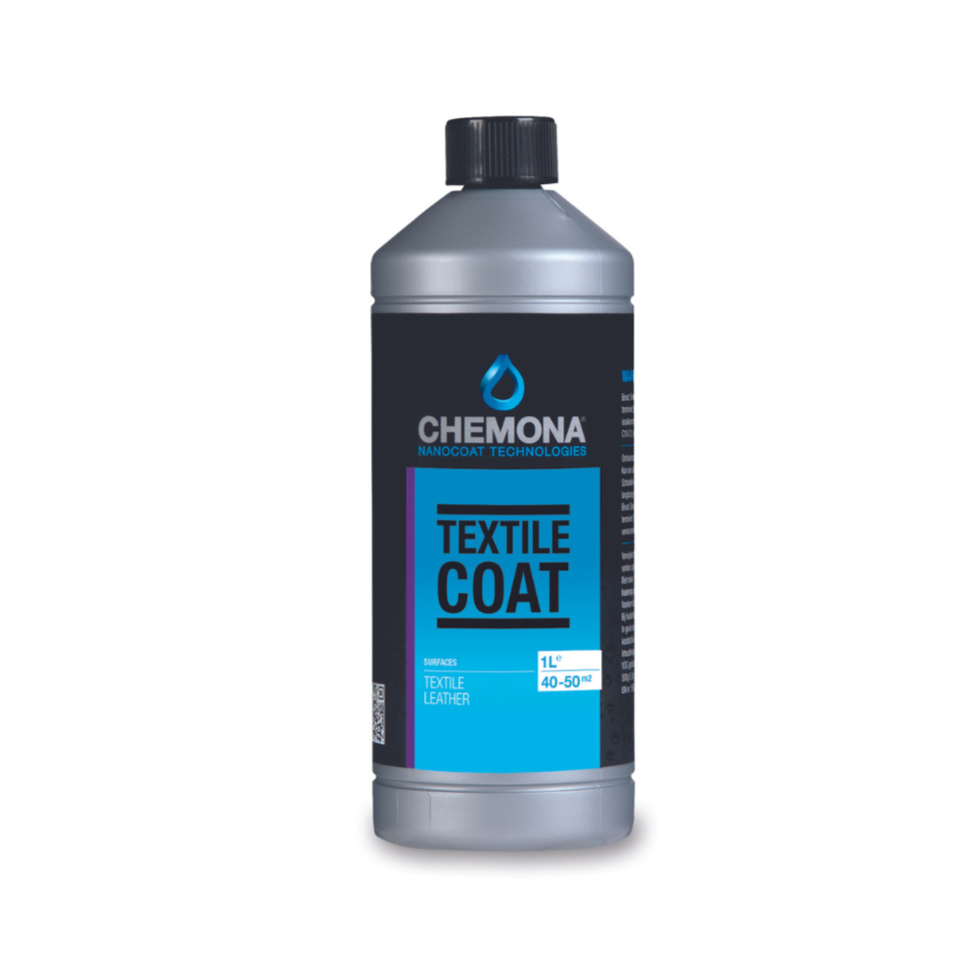Impregnating a bank: the 5 most frequently asked questions
You've just bought a new sofa, or you want to protect it from stains and wear and tear. Then impregnating it is a smart choice. But what exactly does impregnating entail, and how does it work? In this blog post, we answer the five most frequently asked questions about sofa impregnation, so you know exactly what to expect.
What does impregnating your sofa mean and why should you do it?
Impregnating your sofa involves applying a protective, transparent layer to the fabric or leather. This layer prevents moisture, dirt, and dust particles from penetrating the fibers. This keeps the sofa cleaner for longer, better protected, and maintains its fresh appearance. In the event of accidents, such as a spilled drink, you'll have extra time to blot up the spill before it causes damage. This prevents permanent stains and reduces the need for intensive cleaning. Furthermore, impregnation protects against dust and pollen, which is beneficial for allergy sufferers. Impregnating your sofa extends its lifespan, increases ease of use, and allows you to enjoy your furniture worry-free for longer, even in a busy household with children or pets.

How often should you impregnate a sofa?
How often you need to impregnate a sofa depends on how much it's used. On average, a new treatment every six to twelve months is sufficient. In homes with children, pets, or heavy use, more frequent impregnation may be necessary to maintain optimal protection. A useful test is the drop test: drop some water onto the fabric. If it continues to bead, the protective layer is still active. If it absorbs immediately, a new treatment is necessary. Seasonal influences also play a role. In winter, dust and dirt accumulate more quickly due to reduced ventilation, while in summer, sunlight and perspiration cause more wear and tear. By repeating the impregnation process regularly, you not only maintain a clean and fresh sofa but also prevent premature aging and unnecessary soiling of the fabric or leather.
Can you impregnate a sofa yourself or do you need a professional?
Yes, you can impregnate your sofa yourself with special impregnating sprays that are easy to use. It's important to always follow the instructions and test the product in an inconspicuous area beforehand. This prevents unwanted discoloration. Impregnating yourself is easy in a well-ventilated area using a spray bottle or spray gun for even distribution. However, professional treatment has its advantages. Experts use high-quality products that often offer longer-lasting protection, and they have techniques better suited to delicate fabrics and luxury materials. It also saves time and effort. DIY impregnation remains a practical solution, but for sofas that are used intensively or have a high value, a professional can be the safest and most sustainable choice.
How long does it take to dry after impregnating?
The drying time for a sofa after impregnation is usually between 4 and 24 hours, depending on the product and the ventilation in the room. It's important not to use your sofa during this period so the protective layer can fully adhere. Open windows or use a fan to speed up the process. Patience is key here: by waiting for the full drying time, the sofa receives optimal protection and prevents dirt from setting in prematurely. For fabric sofas, it's wise to lightly brush the fibers with a soft brush after drying. This prevents the fabric from feeling sticky and preserves its natural look. Investing in a proper drying period ultimately results in a longer-lasting and more effective result.
Is impregnating harmful to your sofa or health?
No, impregnating isn't harmful, provided you use a suitable and safe product. Always choose a product specifically developed for textiles or leather and free of harmful chemicals. PFAS-free and silicone-free products, such as Chemona Textile Coat , are a safe choice. They offer lasting protection without negatively impacting your health or the environment. This is especially important in homes with children and pets, as they regularly come into contact with the sofa's fabric. Moreover, environmentally friendly alternatives contribute to a healthy indoor environment and reduce the impact on the environment. By choosing a PFAS-free impregnating agent, you combine convenience with sustainability and ensure that your furniture, your family, and the planet remain optimally protected.
Conclusion: is sofa impregnation worth it?
Impregnating a sofa is an investment that pays for itself many times over. You extend the life of your furniture, prevent stubborn stains, and make cleaning easier. Whether you do it yourself with a spray or opt for a professional treatment, an environmentally friendly product is always a good choice. Regular application keeps your sofa water- and dirt-repellent and maintains its fresh appearance. This way, you can enjoy your interior carefree, day in, day out. It's a small effort that makes a big difference in maintenance, comfort, and durability. By choosing impregnation, you're choosing furniture that stays beautiful for longer and a healthy, safe living environment.
FAQ about sofa impregnation
Can you impregnate any sofa?
Yes, virtually any sofa can be impregnated, whether it's leather, cotton, polyester, or blended fabrics. However, it's wise to be careful with delicate materials like silk or wool. These fabrics are more sensitive and may benefit from professional advice or treatment. Generally, impregnation improves protection, regardless of the upholstery. For fabric sofas, it primarily helps protect against moisture and dirt, while for leather sofas, it prevents drying out and cracking. By testing the product in an inconspicuous area beforehand, you can be sure it's suitable. This combines safety with the assurance that your sofa will stay looking beautiful for longer, regardless of the material.
How do I know if my sofa is impregnated?
The easiest way to check if your sofa is still protected is the droplet test. Drop a small amount of water onto the fabric and observe its behavior. If the droplets remain on the surface and bead up nicely, the protective layer is still effective. However, if the droplets are absorbed immediately, the protective layer has worn off and retreatment is required. This test is quick, easy, and reliable, and helps you avoid re-impregnating too soon or too late. This extends the life of the fabric and allows you to always monitor the effectiveness of the protection.
What is the average cost of sofa impregnation?
The cost depends on the chosen method. DIY impregnation with a spray often costs only a few tens of euros, depending on the size of your sofa and the quality of the product. For larger pieces of furniture or if you choose a high-quality PFAS-free spray, the cost can be slightly higher. Professional treatments are more expensive: expect to pay between one hundred and several hundred euros, depending on the fabric and the size of the sofa. On the other hand, professionals often use products that last longer and offer more intensive protection. Whether you do it yourself or hire a specialist therefore depends primarily on your budget and your preferences for convenience and durability.



